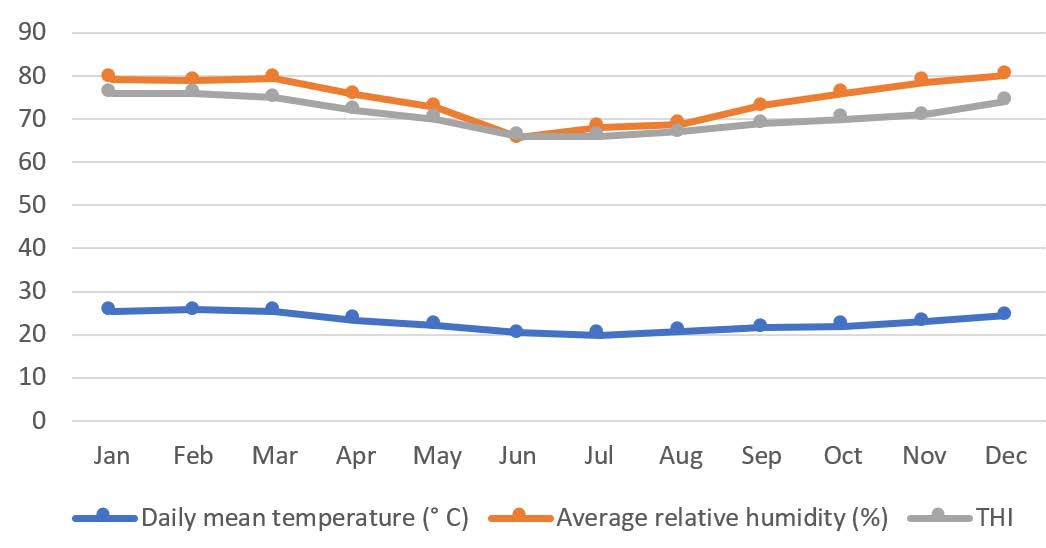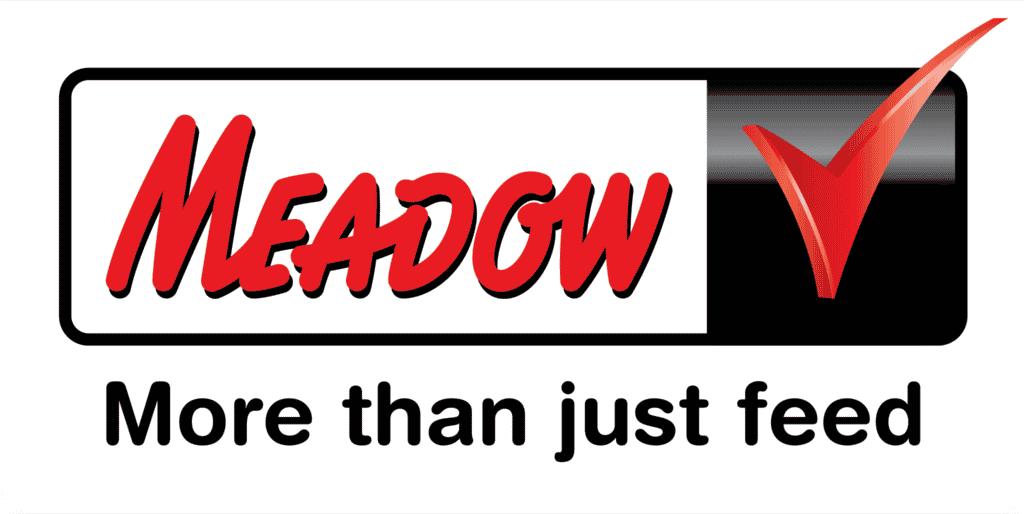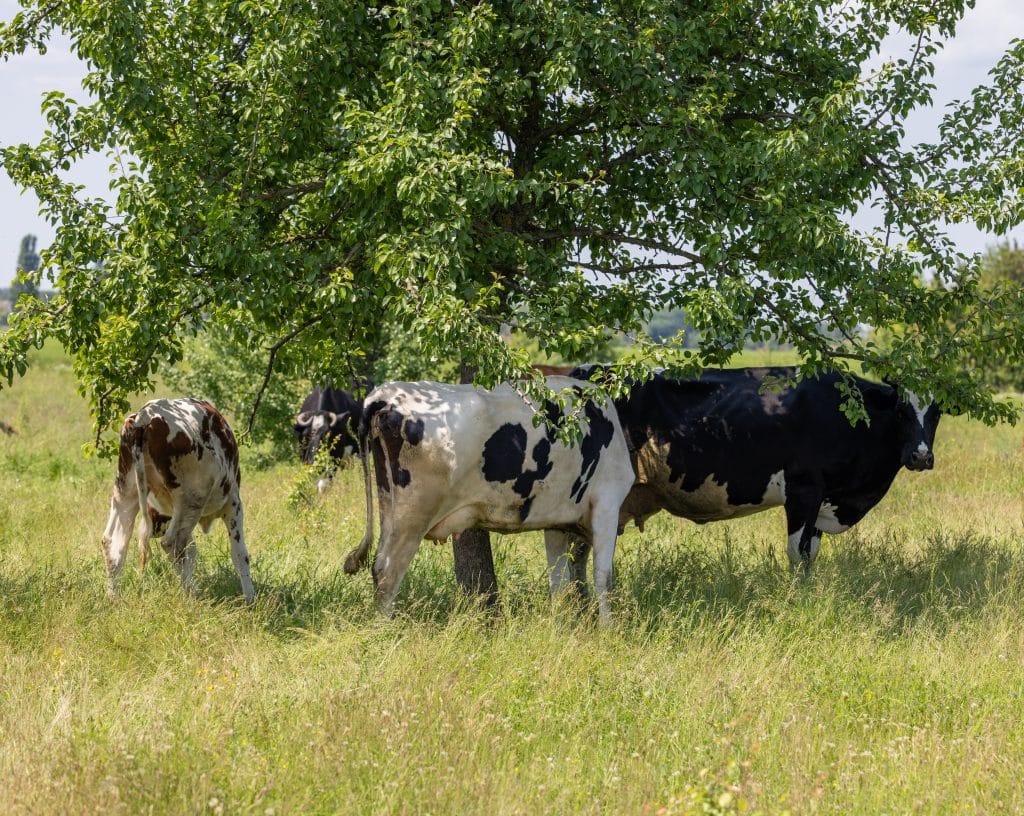Over the past few decades, there have been significant advances in modern dairy cow genetics through selective breeding and genetic progress. The focus is mainly on traits such as milk production, longevity, and overall health. These advances have given us cows that are more efficient producers of high-quality milk. Heat stress is one factor that can prevent dairy cows from reaching their full genetic potential. In this article, we will explore the far-reaching consequences of hidden costs of heat stress on pasture-based dairy cows.
When does heat stress occur?
Heat stress in pasture dairy cows occurs when the cows are exposed to high temperatures and humidity levels that exceed their ability to dissipate heat effectively. This condition can lead to a range of adverse effects. It can include reduced milk production, decreased fertility, and increased susceptibility to diseases. Heat stress is most marked during the summer months when temperatures peak. Particularly in regions with hot and humid climates. During this time, cows may exhibit signs of discomfort such as increased respiratory rates, reduced feed intake, and an urge to seek shade or water to cool down.
Some dairy cow breeds are more tolerant of heat stress than others, and will therefore have a higher temperature–humidity index (THI) threshold. For example, Holstein cows are reported to have a THI threshold of 68, whereas cross-bred cattle and Jerseys have higher thresholds (69 and 75, respectively). Studies have shown that a loss of 10 g of milk solids per day can be expected for each THI unit increase beyond these threshold limits.
To provide context, let’s examine Figure 1. The data illustrates the average daily temperature and relative humidity of the KZN Midlands over a 12-month period. Taking the relative humidity and temperature into account, the THI will be over 68 for 9 months of the year. This shows that Holstein cows, in particular, will experience heat stress throughout the year, except in June, July, and August. In terms of milk solids, this can result in a loss of up to 90 g of milk solids per cow per day.

The negative impact of heat stress on cow health, fertility and comfort
The biggest organ of the cow is the gastrointestinal tract (GIT). It acts as a barrier against toxins and bacteria through a layer of epithelial cells. These cells are held together by protein structures known as tight junctions. During periods of heat stress, these junctions become impaired and lead to a condition known as leaky gut.
Pathogens and toxins are then able to pass through this protective layer. It leads to the immune system being stimulated in order to destroy these unwanted pathogens and toxins. Nutrients are then diverted from maintenance, milk production and reproduction to deal with this response. The potential influx of toxins through the GIT can lead to infections and ultimately diseases. An activated immune response can be costly. Studies have shown that an acutely activated immune system uses 1 kg of glucose within 12 hours. It takes about 72 g of glucose to produce 1 L of milk. Thus, an activated immune response can cost up to 14 L of milk every 12 hours.
To make matters worse, cows that experience heat stress will have a suppressed dry matter intake (DMI). As a result, the cow’s metabolic rate slows down and generates less heat, which will help to retain homeothermy. However, a lower DMI will eventually result in a negative energy balance that negatively impacts fertility and health. Heat-stressed cows typically have a decreased oestrus cycle length and intensity. This is because nutrients are first used for maintenance, growth, and milk production before supplying the reproductive organs.
In addition to ‘starving’ the reproductive organs, heat stress causes the quality of oocytes to decrease due to impaired follicle selection. It also increases the number of subordinate follicles compared to dominant follicles. Oocytes exposed to heat stress lose their ability to fertilise. Recent studies not only indicate that heat stress lowers the reproductive status of the cow, but also suggest that the first- and second-generation offspring may experience milk production losses of up to 2,2 and 1,3 kg of milk per day, respectively. This indicates that heat stress induces in-utero negative effects in the unborn calf that could inhibit future performance.
Cows that experience heat stress will experience an increase in their respiration rate (60 breaths per minute [BPM] vs 120 BPM), as well as rectal temperature (38,5 °C vs 41 °C), as they move from mild to severe heat stress. Increased respiration levels may push the blood pH beyond the normal range. This could lead to respiratory alkalosis. Consequently, respiratory alkalosis can cause metabolic acidosis through an increase in urinary bicarbonate excretion. Vasoconstriction and dilation caused by metabolic acidosis break down the supportive tissue in the hoof claw. This weakens the claw and ultimately leads to poor quality hoof formation. This, together with excessive standing (in an effort to increase surface area) and a wet environment (summer rainfall areas) increases the risk of lameness.
It is well known that lame and/or thin cows (negative energy balance) have extended days open. Studies have shown that the days between calving and pregnancy can be extended by as much as 40 days for lame cows and 15 days for cows with a low body condition score, compared to healthy cows. This will consequently lead to increased services per cow, extended lactations and fewer peak milk production periods.
What can be done about heat stress?
The negative effects of heat stress can be costly and could be passed on to the second-generation offspring. To enhance the antioxidant and immune function of dairy cows, nutritional strategies should focus on supplementing specific types of protein, dietary fats, minerals, trace elements, vitamins, and fibre. Increasing dietary energy density by incorporating fats and concentrates, which generate less heat during digestion compared to forages, can help manage heat stress.
During times of heat stress, it is essential for nutrition and management to work together if the full genetic potential of these highly productive animals is to be reached. Together, superior genetics and comprehensive care create a synergistic effect, leading to enhanced productivity and sustainability in dairy farming.
For technical advice, contact a technical advisor in your area.




